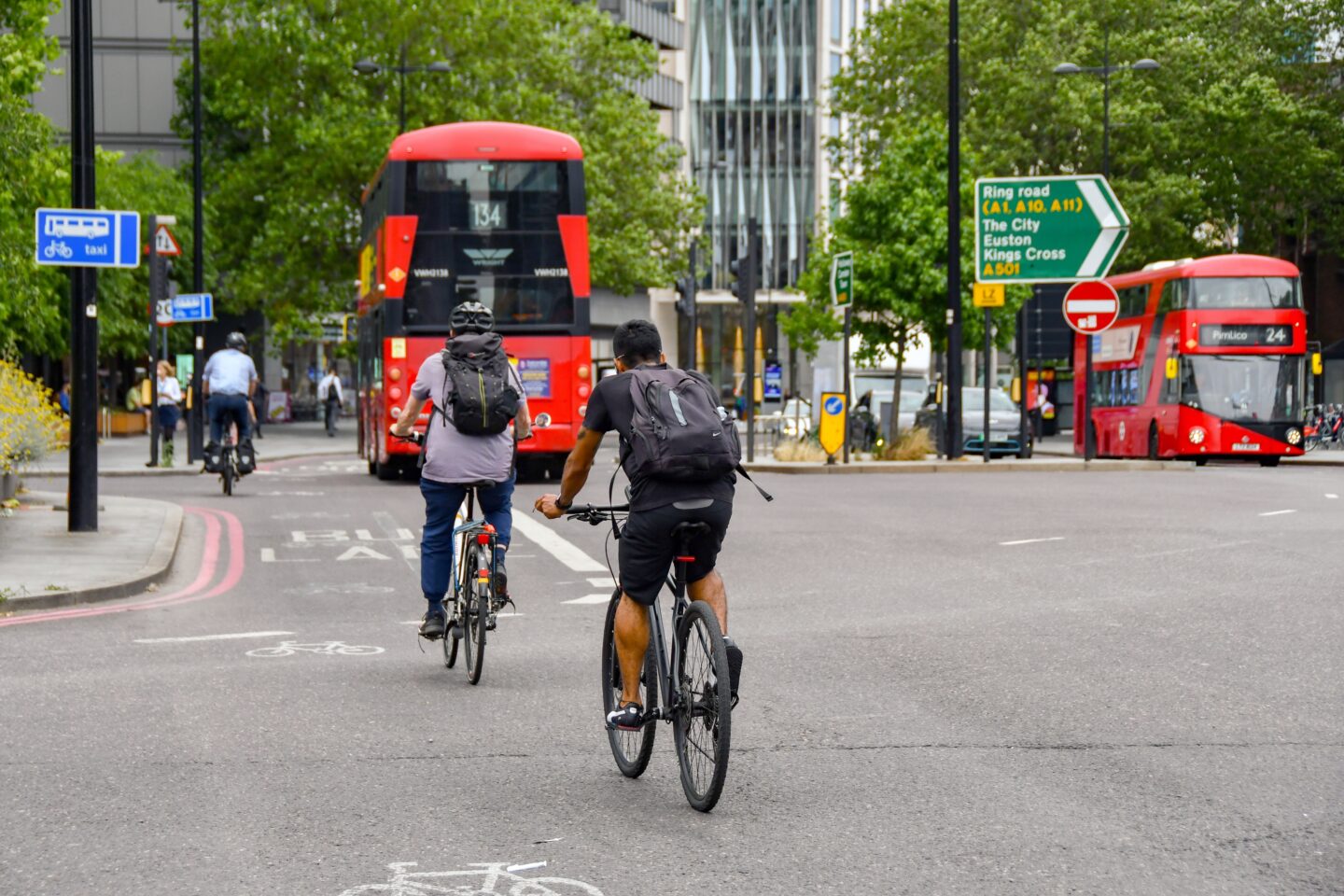
New cycling law: criminal sentencing must make a distinction
An amendment to the Crime and Policing Bill – which is currently going through Parliament – will mean cyclists who kill pedestrians by acting dangerously on the road could be given a life sentence. This would bring the law in-line with driving offences.
Whilst cycling offences are currently governed by a law which was drafted in 1861 and intended to police the drivers of horse-drawn carriages, it is difficult to sustain an argument against this legislative change.
Where reckless cycling occurs, leading to death or serious injury, that person should not be treated unduly favourably by virtue of outdated laws. We are, however, talking about a tiny fraction of road traffic offences in comparison to conventional collisions between motorised vehicles and pedestrians where greater focus ought to lie. Statistics from the government estimate that just four of the 1,600 deaths on UK roads last year were caused by cyclists. This change in law will ensure that the “tiny minority who recklessly disregard others face the full force of the law”, according to a DfT spokesperson.
It remains the case that the overwhelming risk to vulnerable road users, as demonstrated by the UK’s road safety statistics, are speeding motorised vehicles.
To that extent, the impact of this proposed legislation shouldn’t be overstated.
It is right that victims should see justice being done with sentences commensurate with the crime committed, but this will apply to very few incidents. Harsher sentences for dangerous cycling are unlikely to improve road safety in a meaningful way unless it is coupled with other safety measures like designated cycle lanes, more pedestrian crossings and improved public awareness.
Moreover, it is reasonable to highlight why there can be good reason for our law to distinguish between offending cyclists over say, a reckless driver of a HGV or car. The latter is responsible for a vehicle that is far more likely to cause injury or death, as is now recognised by our Highway Code. Neither are cyclists required to undertake training, testing or licencing and as such include children. For that reason, criminal sentencing has to make a distinction.
It is certainly the case that the emergence of electrically powered scooters and bikes presents a higher degree of danger to pedestrians than pedal bikes. For that reason, we continue to campaign for the Government to enact regulation to deal with, once and for all, the grey area left by outdated motor legislation and new forms of modern transport.










